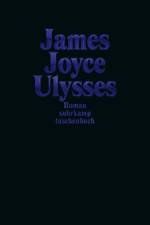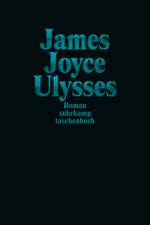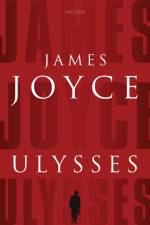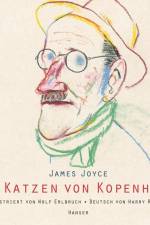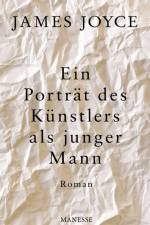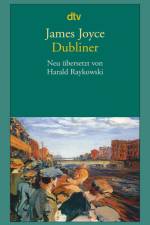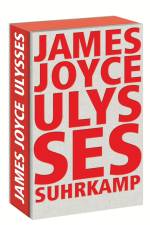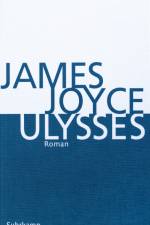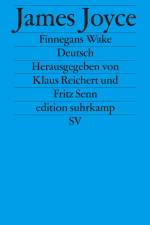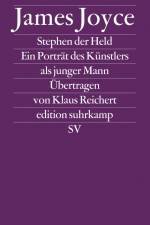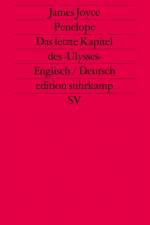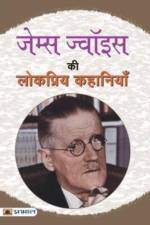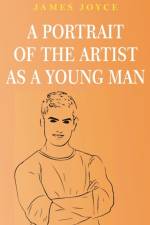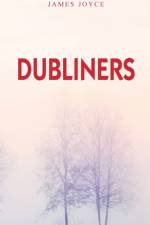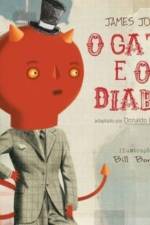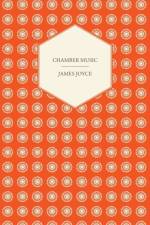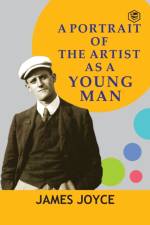von James Joyce
58,00 €
Der Roman, durch den James Joyce unsterblich wurde, schildert einen Tag im Leben des Annoncenakquisiteurs Leopold Bloom, den 16. Juni 1904. Bald nach Erscheinen des Romans begannen Enthusiasten, diesen Tag zu feiern.»Im Ulysses liegt das Dublin des 16. Juni 1904 vor uns ausgebreitet, durch die Phantasie unverändert und in fast allen Einzelheiten anhand von Karten und Adreßbüchern nachprüfbar«, schreibt Anthony Burgess. »Aber«, so fährt er fort, »der Roman Ulysses, der Dublin verherrlicht, indem er es zu einer ewigen Stadt des Geistes erhebt, hat es auf nüchterne oder trunkene Weise auch verwandelt. Wer Dublin betritt, betritt Ulysses ...: man begibt sich in die Phantasie von James Joyce.«Hier setzt die erste deutsche kommentierte Ausgabe des Ulysses ein. Sie verzeichnet - auf Grundlage von Don Giffords Ulysses Annotated -, was nachprüfbar ist: Orte, Institutionen, Ereignisse, Personen ebenso wie den Bildungsschatz, der in den Roman eingearbeitet ist. Und sie verweist - besonders in der kurzen Einführung zu jedem Kapitel - auf den Bauplan des Ganzen, auf die Quellen, vor allem Homers Odyssee, und auf die Textur der internen Bezüge.Und indem der Stellenkommentar nachweist, was nachzuweisen ist - samt Abweichungen von den Quellen -, erlaubt er uns zu verfolgen, wie die Phantasie von James Joyce aus einem hundsgewöhnlichen Dubliner Tag vor einhundert Jahren den »Welt-Alltag der Epoche« (Hermann Broch) gemacht hat.Die großformatige, kommentierte Ausgabe ist seitenidentisch mit der Ausgabe als suhrkamp taschenbuch (Romane des Jahrhunderts, st 2551, und Sonderausgabe, st 3594). Jedes Kapitel beginnt mit einem Einführungstext. Einfach und übersichtlich ist in der Marginalspalte und am Fuß jeder Seite der Stellenkommentar untergebracht. Personenverzeichnis und vielfältige Pläne von Dublin und Umgebung beschließen den stattlichen, schön gemachten, zum Blättern, Schmökern, Lesen ebenso wie zum Studieren anregenden Band.

